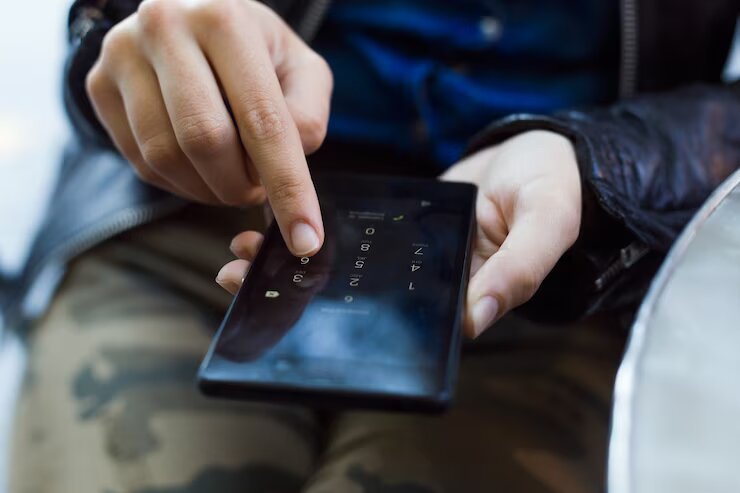“Tired of experiencing the frustration of dropped calls and poor mobile network coverage? Well, say goodbye to those irritating dead zones because satellites are here to save the day! With cutting-edge technology and innovation, these orbiting marvels can bridge the gap between you and uninterrupted mobile communication. Read on as we explore how satellite connectivity is revolutionizing the way we stay connected while on-the-go.”
The Problem with Dead Zones
There are many problems with dead zones, or areas where cell phone reception is weak or nonexistent. These problems include:
1. Increased dropped calls. When you’re in a dead zone, you’re more likely to drop a call because your signal is weaker. This can be frustrating, especially if you’re trying to communicate with someone important.
2. Difficulty connecting to the internet. If you rely on your phone for internet access, dead zones can be a real pain. You may not be able to load web pages or use apps that require an internet connection.
3. Missed emergency calls. In some cases, people have missed emergency calls because they were in a dead zone and their phone didn’t have a strong enough signal to connect to the call. This could potentially be life-threatening.
4. Higher monthly bills. If you have to use your phone more often in areas with poor reception, you may see an increase in your monthly bill due to increased data usage charges
How Satellites Can Help
Satellites can help to bridge mobile-phone dead zones by providing coverage in areas where terrestrial cell towers do not reach. In addition, satellites can offer increased capacity and speeds, as well as higher reliability and security.
One company that is looking to capitalize on this technology is Cloud9 Mobile, which plans to launch a satellite-based mobile phone service in 2019. The company believes that its service will be able to provide “ubiquitous global coverage” and will be especially beneficial for users in rural areas or in developing countries where cellular infrastructure is lacking.
Cloud9 is not the only company interested in providing satellite-based mobile phone services. Iridium Communications already offers a satellite phone service, and other companies are likely to enter the market in the coming years.
The growing interest in satellite-based mobile phone services highlights the potential for this technology to address the problem of mobile-phone dead zones. However, it remains to be seen how these services will be priced and whether they will be able to compete with terrestrial cellular networks.
The Disadvantages of Satellite Phones
Satellite phones have several disadvantages compared to traditional terrestrial phones. Chief among these is cost: satellite phone service is much more expensive than regular cell phone service. Satellite phones also require a clear line of sight to the sky, so they don’t work well indoors or in dense urban areas. And because satellites are much farther away than cell towers, there is a significant delay – or latency – in the signal, which can make conversation difficult.
How to Choose the Right Satellite Phone
There are a few factors to consider when choosing a satellite phone, including:
-Coverage: One of the most important factors to consider when choosing a satellite phone is coverage. Make sure to check the coverage map to see if the provider offers service in the areas you need it.
-Cost: Satellite phones can be expensive, so be sure to compare prices and features before you buy.
-Features: Some satellite phones come with extra features like GPS or web browsing. Decide which features are important to you and look for a phone that has them.
Conclusion
In conclusion, the use of satellite technology would be a great solution to bridge mobile-phone dead zones and eliminate dropped calls. It will also benefit those living in remote locations who are not able to access high-speed internet or reliable cell phone service. This new technology could potentially revolutionize the way we communicate with each other by improving our communication capabilities across a wide range of different environments. With this innovation, we can all look forward to improved cellular connectivity wherever we go!









